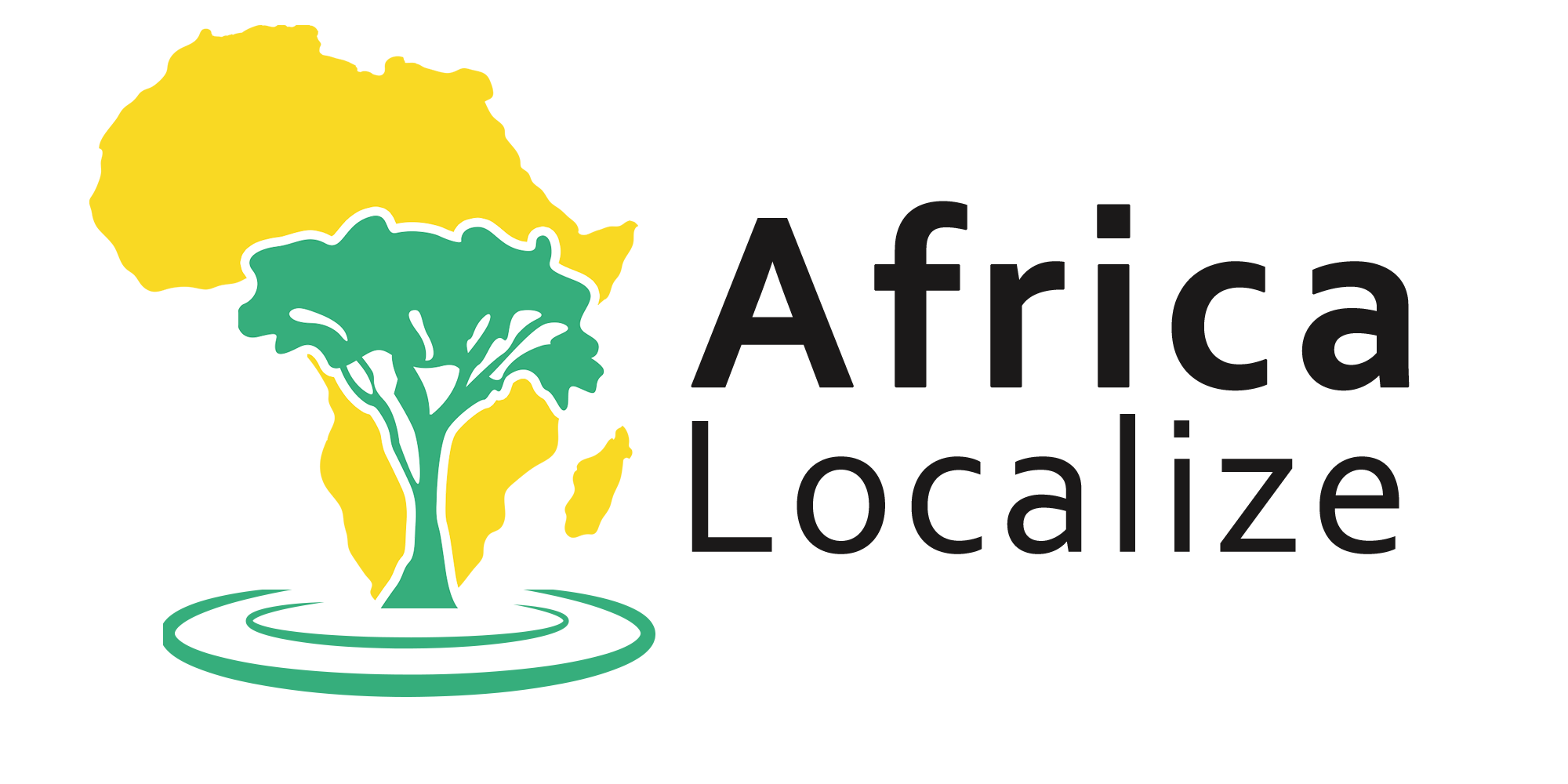Three Reasons why Africa is a good destination for Your Business

If you are looking for ways to expand your business, you need to consider the youngest continent on the planet with the fastest growing economy now, that is Africa.
Although the pace of growth will bring more opportunities to seek there, it imposes challenges at the same time.
It is reported that 10 of the world’s 15 fastest-growing economies are African countries. Moreover, South Africa recently became part of the representative groups for emerging markets.
Many businesses and organizations are trying to support and expand in the African market, here are some examples.
The Africa Netpreneur Prize and the Alibaba eFounders initiative support 100 African entrepreneurs with training and mentorship with a total of 10$ million investment.
Microsoft launched the first development centre in Africa in 2019. This came after witnessing the incredible growth on the continent and having better internet connectivity and digital capability.
Google opened the first AI research Centre in Ghana, in 2019 to gather machine learning researchers and engineers, aiming to ease the AI development in the continent.
Such moves in the continent prove that this land has a lot of potential and capabilities to incubate your business.
So, what Can You Do to Do Business in Africa?
Be Close to Your Future Customers
People of the youngest continent in the world, with the fastest population growth; are eager to apply their energy of creative innovations for the benefit of their land. It’s believed that Africa boasts the highest percentage of entrepreneurs among working-age adults all over the world.
Eventually, entrepreneurship will rise. This means that the number of consumers will increase. Having your business right next to your customers, and being ready with your content, services, or agreements localized in their preferred languages; will be highly beneficial.
Rely on technology for everything
More Africans are becoming reliant on technology and using mobile devices than before, which made Africa the fastest growing region in mobile usage in the world. Since the year 2000, the number of internet users on the continent has grown by fifty times, according to Brookings[SA1]
that led to a surge to engaging online educational activities, online payments, and buying products online.
For your business, such information and facts open a new window for new opportunities:
- Just be where your client is
- Talk to your client in their preferred language
- Provide them with a device-friendly website to make it easier to reach you
- Provide E-payment options
- Develop content that Africans can resonate to
Work on Healthcare?
If yes, then Africa will be a blessing to your business!
Another industry that is becoming increasingly important in Africa is life sciences and healthcare. The reason for that is the growing middle class, rapid urbanization, and quick economic expansion.
Life sciences firms should be aware of the escalating regulatory requirements, product specifications unique to African countries, and expanding business potential as they direct their attention to the young continent.
Conclusion:
As you can see, Africa can be a transformation station in the life of your business. The African countries economies are growing and the majority of the population are young. The sky is the limit when you think about what business opportunities you can find in Africa.
